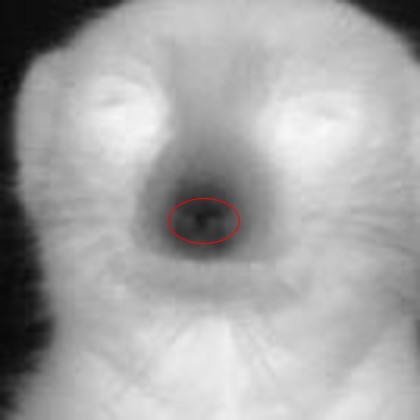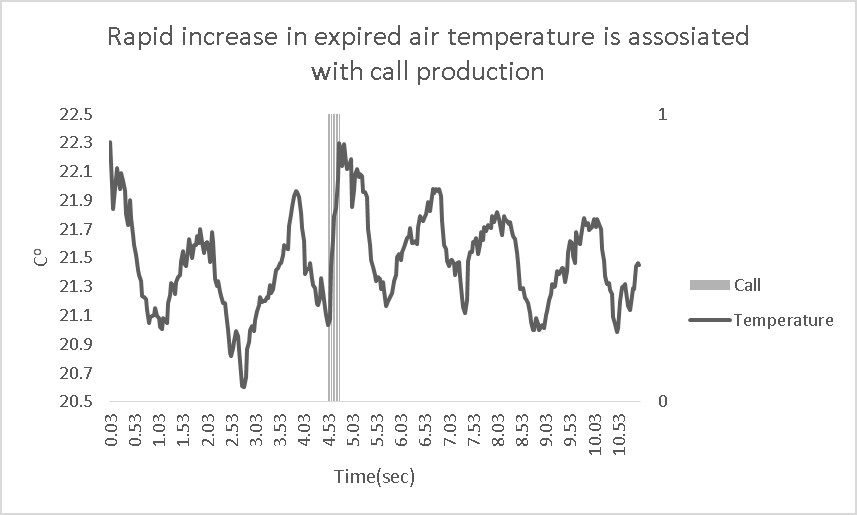Methods
Summary
The research will be carried out at the Kalahari Research Center, on a long-term study population of wild meerkats at the Kuruman River Reserve, South Africa. All meerkats on site are dye-marked so that individuals can be consistently identified. Their life histories, genetic lineages and morphometric measures are documented on a daily basis. Meerkats are habituated to human presence within less than one meter and are routinely observed and recorded.
All the procedures planned for this project are remote and non-invasive. No handling or other direct contact with the animals is required. The procedures for behavioral observation and audio recording are based on established protocols that have already been successfully implemented in the field. The procedure for filming the meerkats with a thermal camera has been piloted under laboratory conditions and will be adapted to field conditions if needed.
Meerkats will be observed, recorded and filmed during their morning sunning interactions: a 10-60 minute time period in which meerkats warm up in the sun before starting their daily foraging. During sunning, meerkats predominantly produce sunning calls, which are unique to this context and also mostly produced when other individuals are present. We will record and film the meerkats during their sunning interactions as they usually stay still, allowing individual vocal recording and clear and steady frontal view of the face for accurate temperature reading.

Thermal image of a meerkats face. The nostrils are warmer than the nose tip due to expired air (red oval).
During filming, audio-visual cues will be added to allow later synchronization of the audio and thermal video recordings. This procedure has already been tested in the lab and proved to produce highly accurately synced videos.
Thermal video of a vocalizing meerkat.
The temperature values extracted from thermal video will be plotted on a time scale to produce a breathing curve simulated by the changes between inhaled/exhaled air temperature in the subjects nasal area. We have performed limited preliminary tests that demonstrated that this method is sensitive enough to generate realistic breathing curves with ventilation rates fitting to the ones previously reported for meerkats.

Data extracted from the preliminary calibration of methodology. The cyclic breathing curve is clearly visible. The steep change is temperature during calling is likely due to larger quantities of expired air.
Challenges
One of the biggest technical challenges of this project is obtaining a steady frontal video of the focal meerkats` face. This is required for an accurate temperature reading as head movements and angle changes of the filmed Region of Interest can affect the extracted values. To resolve this, we plan a relatively long data collection effort that will result in extensive video and audio material. The thermal video will be inspected and only segments with stable frontal head position of 10 seconds and more will be analysed further. Additionally, to increase the detection accuracy and save data processing and annotation time, we will explore the option of using an automated ROI tracking. For this task we will export the video data to ImageJ platform which allows custom image manipulation, processing and analysis.
Pre Analysis Plan
Our hypothesis is that characteristic breathing patterns can be identified as a precursors to call productions. We believe that those patterns can be used to detect and quantify an intention to call even if the subsequent call wasn't produced. To show this we will scan the temperature data for patterns deviating from the normal breathing cycle and also preceding to the timing of call production. We will further classify those found patterns and attempt to detect sub categories, specifically associated with the duration of subsequent calling.
The final stage will be to re scan the temperature data for the breathing patterns defined in the previous stages, only this time we will focus on events that did not result in vocal production. Indicating that an intention and preparation to call was not executed by the individual. Those "intention" events will later be examined in their social context e.g. other individual calling, the type of received call, caller ID, sex and social rank. We expect that the latter stage will require additional, more extensive, data collection effort.
Protocols
Browse the protocols that are part of the experimental methods.